24 August 2023
Smartphone technologies have made tremendous progress over the last decade. Manufacturers have introduced many innovations to the market. Some of them surprise and others provoke controversy. One of these controversial choices was the abandonment of the 3.5 mm mini jack port in many modern phones. Why do smartphone manufacturers give up mini Jack? What's the alternative for him?
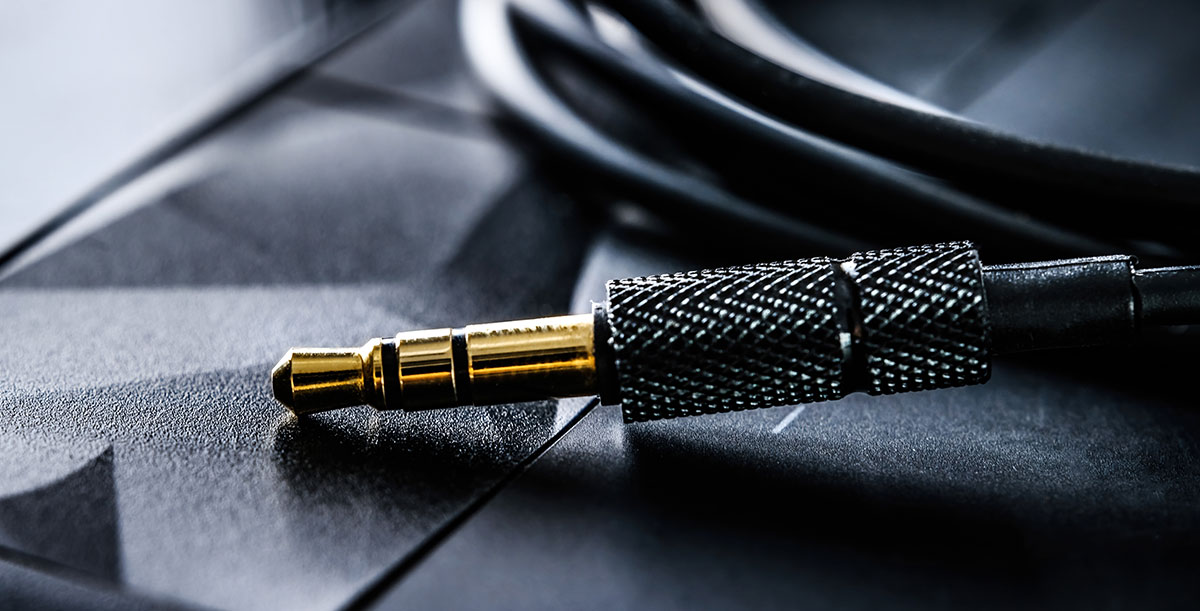
The history of mini Jack port on mobile devices
The mini jack port on mobile devices is an interesting example of the evolution of audio technology. The Mini Jack, or 3.5 mm jack, has been the standard audio output of virtually every smartphone, music player and laptop for decades. Its roots go back to the 1960s. 20th century, when it was introduced by Sony as a solution for headphones. Over time, it has become an integral part of everyday life, allowing users to listen to music, make phone calls and enjoy a variety of audio accessories. However, in recent years, we have seen this socket being withdrawn from the market in favour of newer technologies such as Bluetooth.
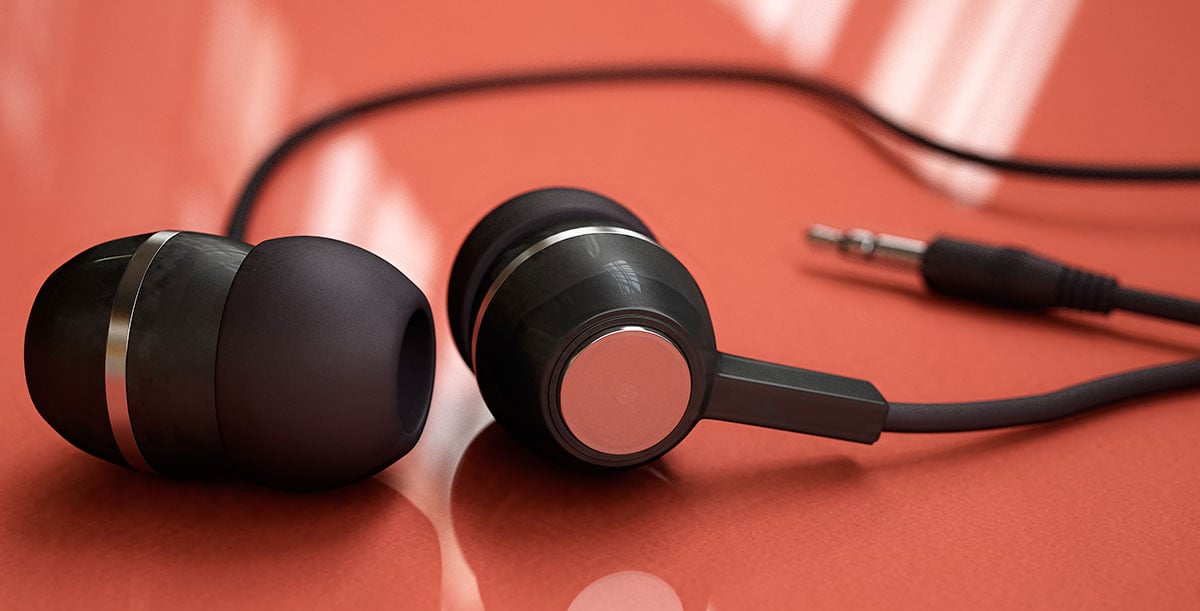
Why are manufacturers abandoning the mini jack port on phones?
The introduction of phones without a headphone jack had several reasons. Firstly, it allowed for a slimmer design and additional space inside the device for other components. Secondly, it accelerated the assimilation of wireless headphone technologies such as Bluetooth. Additionally, the removal of the mini jack input increased the water and dust resistance of the devices. And most importantly, the removal of DACs from mobile devices has opened up the use of external DACs. These can offer much better sound quality compared to the classic solution. This move has certainly been appreciated by a range of technology enthusiasts, including audiophiles who are looking for the ultimate listening experience.
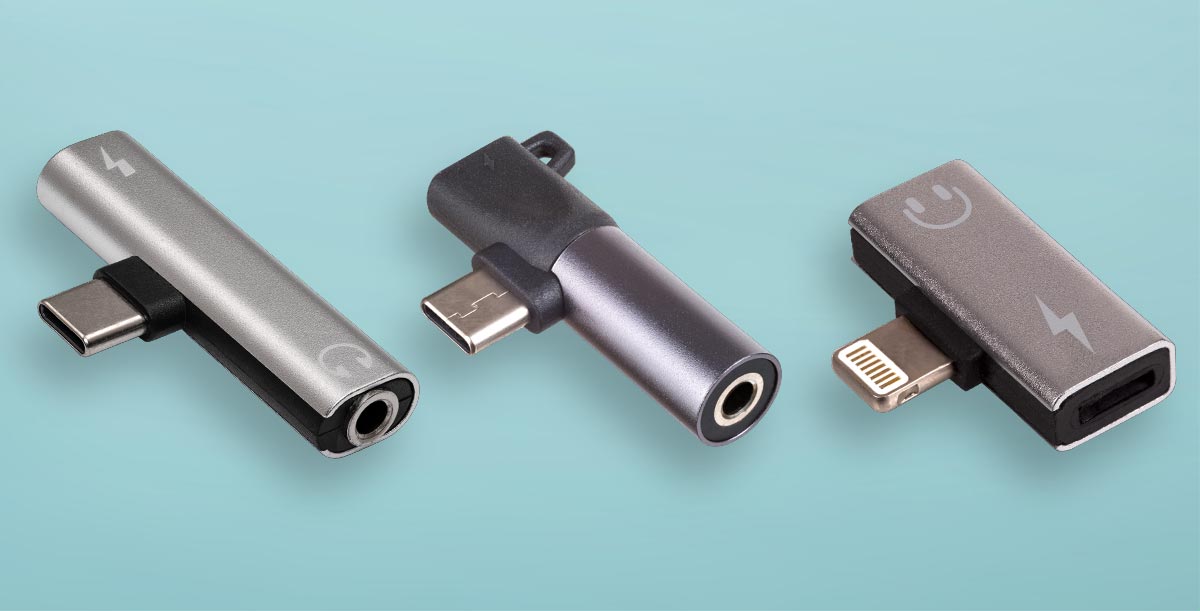
Internal or external? Which DAC is better?
Developments in audio technology have continually improved sound quality over the years. In the context of smartphones, it is important to understand how digital audio, when processed by an internal DAC, can differ from audio processed by external DACs. To understand these dynamics, it is useful to look at the differences between internal and external DACs.
A DAC (Digital-to-Analog Converter) is a device that converts digital signals into analogue signals. This is crucial to the sound quality of headphones. Many older headphones used a DAC built into the smartphone. When phones started to abandon the mini jack port, it became necessary to use an external DAC in an audio adapter.
The internal DAC is integrated into the mobile device. It converts the digital signal to analogue before sending it to the headphones. This integration allows for more efficient power management and better synchronisation with other electronic components. However, due to design compromises, such DACs can sometimes offer inferior sound quality.
An external DAC, on the other hand, is a specialised device, independent of the phone or tablet. It is designed with audio reproduction excellence in mind. When the mini jack is replaced by a universal USB-C or Lightning port, the signal at the output of the device remains digital. Conversion to an analogue signal, on the other hand, only takes place at the level of the headphones or other connected device. This has allowed smartphone manufacturers to focus on audio quality without having to consider other factors such as size or power consumption.
For audiophiles and music professionals, an external DAC may therefore be a better choice, due to their ability to reproduce higher resolution and more detailed sound. However, it is important to remember that the final listening experience depends on the entire audio chain - from the audio source to the DAC to the headphones.

When do you need an audio adapter with a DAC and when do you need one without a DAC?
In many modern devices, especially smartphones, manufacturers have abandoned traditional ports in favour of a universal USB Type-C connector. You can read about where this decision came from and the possibilities of universal USB-C chargers in our article on charging a laptop without a dedicated charger.
If your smartphone uses a USB Type-C port and does not have a built-in DAC for audio, you will need a special adapter to still be able to use your favourite wired headphones. Such an adapter will convert the digital audio signal into an analogue signal for your headphones. In the event that your smartphone has a built-in DAC but simply lacks a mini jack port, a simple audio adapter is all that is needed to physically replace the existing connector. Such an adapter merely redirects the already existing analogue signal to the headphone connector. The solutions and variants are numerous. It is possible to split the Lightning connector into Lightning and mini Jack, to change Lightning into 2x Lightning, or to convert USB-C into USB-C and mini Jack.
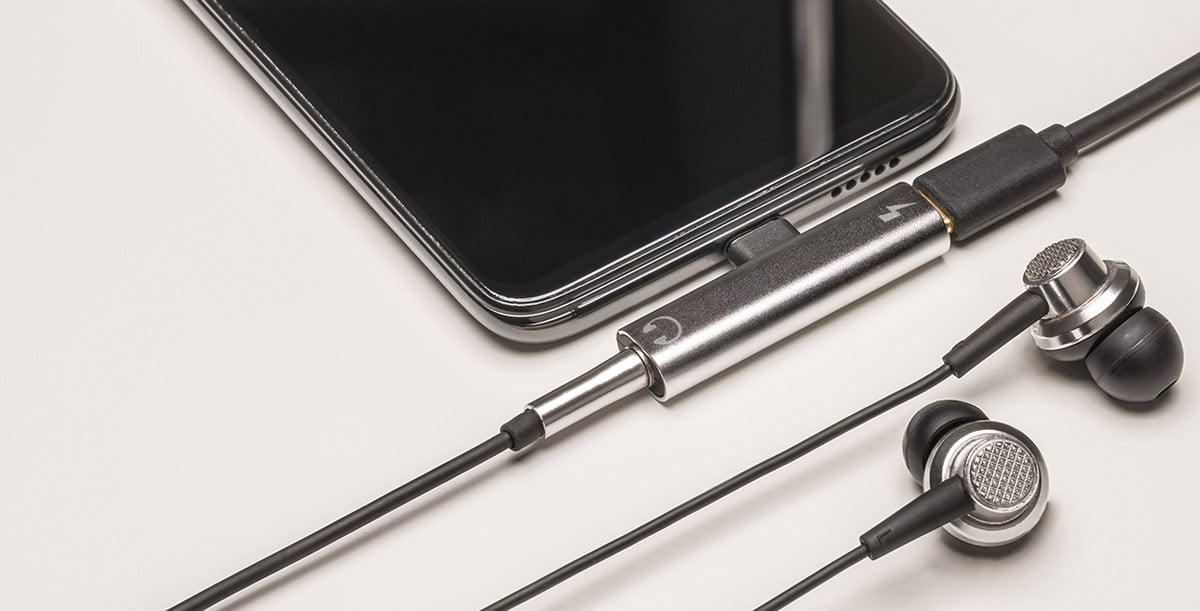
How do I check if I have a DAC on my phone?
To check if your phone has a built-in DAC (Digital-to-Analog Converter), you can follow a few steps:
- Search the specifications of your device.
The easiest way is to check the technical specifications of your phone. You can do this by going to your phone's settings and looking up the model and manufacturer information. Then simply find the specifications for that model online, on the manufacturer's official website or on other electronics-related sites. - Look in the sound settings.
On some phones, you can find information about the DAC in the sound or audio settings. Search the sound or audio options in the system settings to find information about it. - Read your phone's documentation.
If you have the original documentation that came with your phone, read it. It may also be available online from the manufacturer's website. The documentation may contain information about the DAC. - Use a hardware identification app.
There are apps that can help you identify the hardware in your phone, including your DAC. They can provide detailed information about the hardware in your phone. - Consult the manufacturer's technical support.
If you are still unsure whether your phone has a DAC, you can contact the phone manufacturer's technical support. The manufacturer or their customer service will be able to provide accurate information on this.
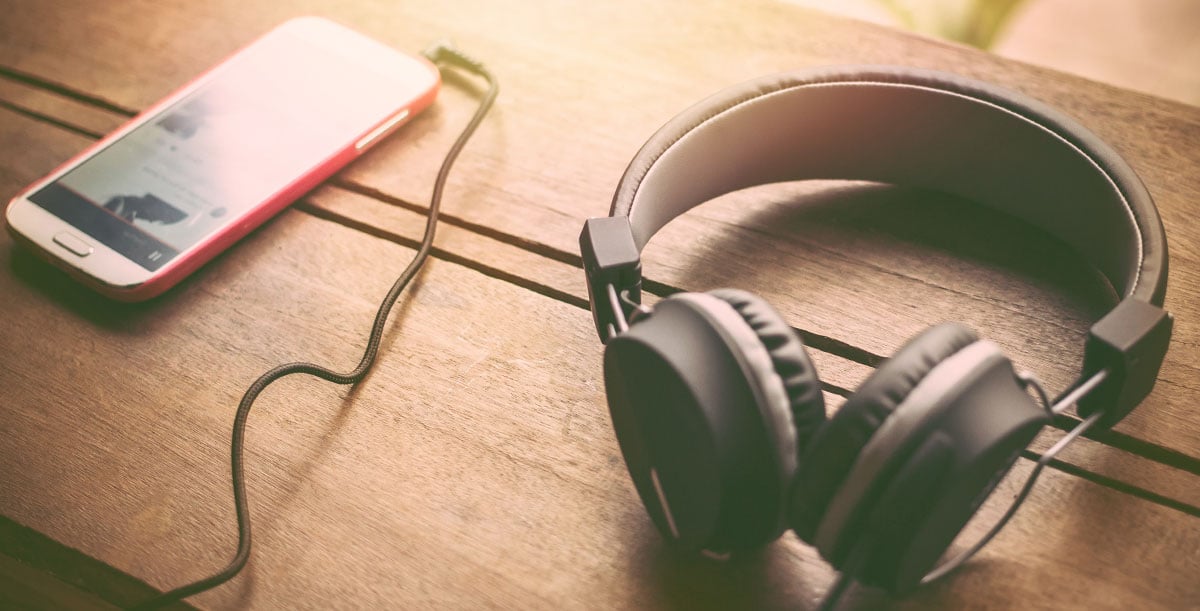
Wired vs wireless - is Bluetooth the future of headphones?
The battle for the future of headphones is between traditional wired and modern wireless audio systems. As technology evolves, users need to decide which of these two options best suits their needs.
Wired headphones provide stability and sound quality, but cannot compete with the comfort provided by the absence of wires. Bluetooth technology, on the other hand, which is at the heart of wireless headphones, continues to evolve, offering better sound quality and longer battery life. The continuing trend of headphone ports disappearing from the latest smartphone and tablet models is definitely pointing the way towards wireless technology. What's more, the wireless audio revolution has also opened the door to new formats and methods of music delivery that increase data speeds and range. Music streaming has become even more popular, and integration with virtual assistants such as Siri and Google Assistant has transformed the way we integrate with our devices and consume media. However, it is important to remember that although Bluetooth technology is thriving, there is still a group of audiophiles and professionals for whom wired headphones will remain indispensable. In this case, an audio converter proves to be indispensable.
The future of headphones therefore depends on a number of factors, including individual user preferences and the speed of technology development.
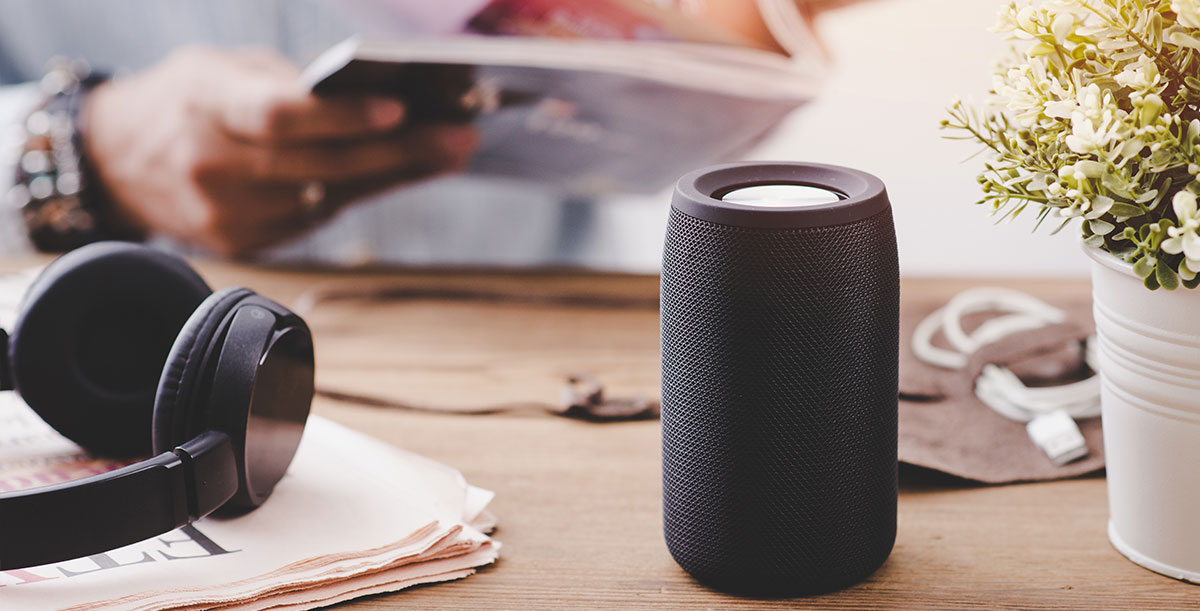
Audio revolution after the mini jack port was dropped from smartphones
Giving up the traditional mini jack port on phones may seem controversial. After all, it forces users to buy new equipment, whether wireless or additional adapters. However, it has also brought with it a revolution in wireless technology and innovations in sound. On this wave of innovation, a new generation of wireless headphones has emerged, offering impressive sound quality, active noise cancellation and convenience. One thing is certain: the move to external DACs opens a new chapter in audio history, with an emphasis on innovation, comfort and mobility.
